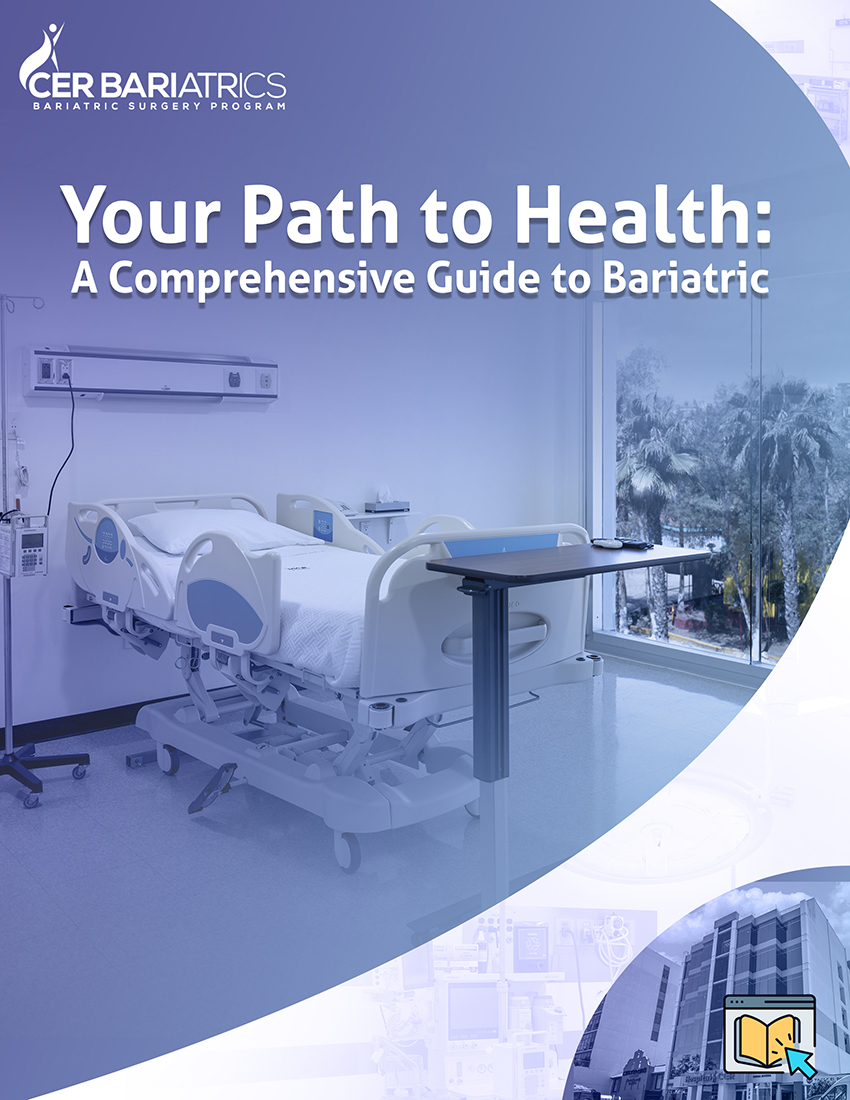Bariatric Surgery Scars
Bariatric weight loss surgery is a big step toward better health, but it leaves small scars and some not so small. In this article, we explore bariatric surgery scars, their types, and what influences their appearance.
Types of Weight Loss Surgeries and Scars
Bariatric surgery, a substantial stride towards improved well-being, does result in scars. The presence and size of scars vary based on the procedure undertaken. In this article, we will look at bariatric surgery scars, their types, and what influences their appearance.
-
- Single Incision Gastric Sleeve surgery scars: In this surgery, the surgeon removes a part of the stomach, creating a smaller pouch. This usually leaves a single vertical scar on the belly. The surgeon places the scar in a location that is difficult to notice.
-
- Gastric Bypass Surgery Scars: Gastric bypass involves making a smaller stomach and changing the small intestine’s path. This can leave scars in different places, including the upper belly and the belly button. The main scar is often vertical, while the belly button scar is from small tools.
-
- Gastric Balloon Scars: Gastric balloon surgery places a temporary inflatable balloon in the stomach to promote weight loss without surgery. Since this procedure is minimally invasive, it typically results in small and discreet scars, if any. Tiny incisions are made for inserting and removing the balloon, resulting in these scars.
-
- Duodenal Switch Scars:In duodenal switch surgery, the surgeon takes out a part of the stomach and changes the arrangement of the small intestine to affect how food is digested. This procedure may result in multiple scars, including a larger scar along the upper abdomen where the stomach was operated on and smaller scars where instruments were inserted for the intestinal rearrangement.
It’s important to note that scar patterns can vary based on individual factors, surgical techniques, and the body’s healing process. Surgeons strive to place scars in discreet locations whenever possible to minimize their visibility.
What Affects Scar Formation
Bariatric surgery scares looks different based on many factors. Some scars fade, others stay or change.
-
- Surgical Technique: The way the surgery is done – laparoscopic or open – affects scar size and visibility. Laparoscopic surgery makes smaller scars.
-
- Individual Healing: Everyone heals differently. Age, genes, and health affect scar quality. Younger people might have bigger scars due to more collagen.
-
- Scar Care: Taking care of scars matters. Following care instructions, keeping cuts clean, and not stressing healing skin help manage scars.
-
- Sun Exposure: Sun can darken and thicken scars, making them stand out. Protect scars from the sun with sunscreen or clothes.
-
- Lifestyle: Smoking can slow healing and make scars more noticeable. Smoking reduces blood flow and delays recovery.
Remember, scars are part of healing after bariatric surgery. Scars might look different, but they show your body’s incredible change. The next chapters share ways to help scars heal and how to accept and care for these signs of progress.
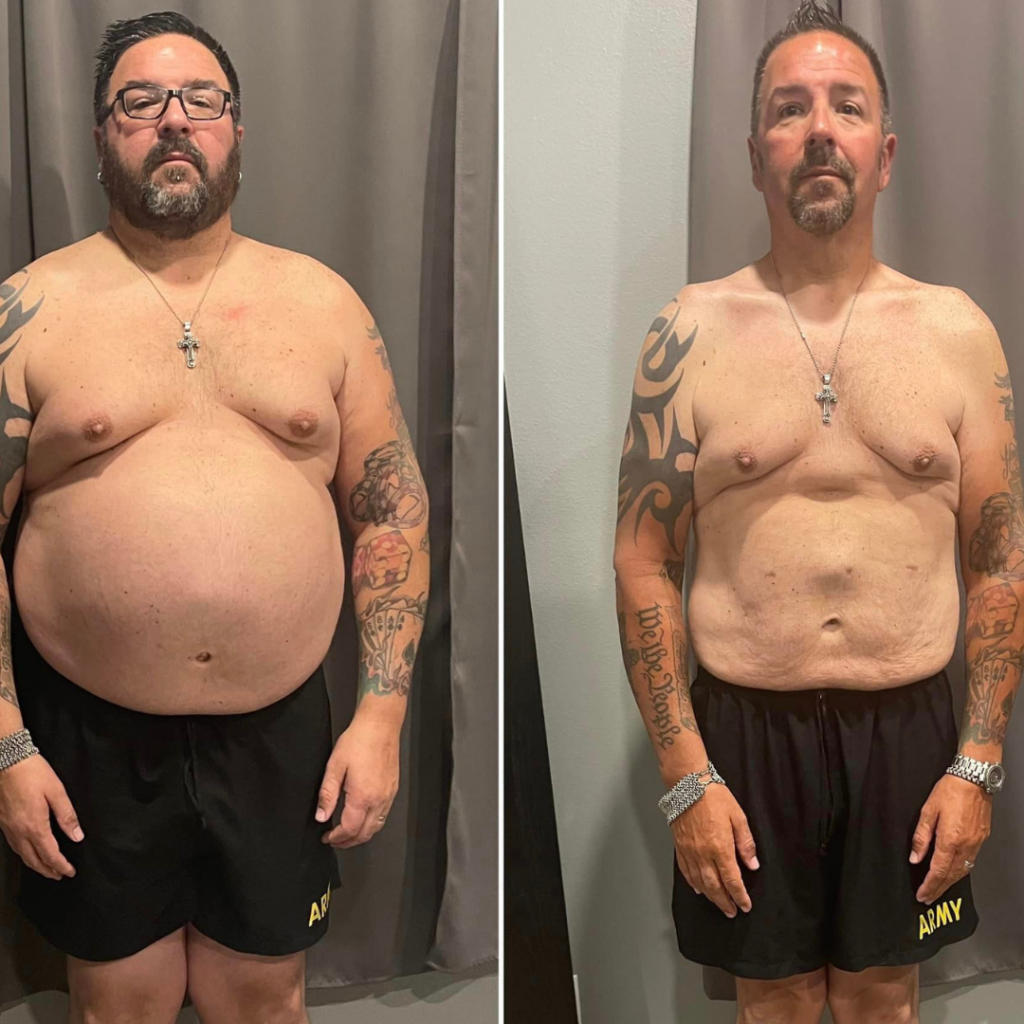
Stages of Scar Healing
The journey of scar healing is marked by distinct stages, each characterized by specific processes and changes within the scar tissue. Understanding these stages provides insight into the evolution of scars and how they transform over time.
-
- Inflammatory Phase: Immediately after surgery, the body initiates the inflammatory phase, characterized by redness, swelling, and tenderness around the incision sites. This phase is crucial for cleansing the wound of debris and bacteria, setting the stage for subsequent healing.
-
- Proliferative Phase: During this phase, new tissue forms, and collagen production peaks. The scar tissue gradually matures and gains strength. It’s common for scars to appear raised and discolored during this stage.
-
- Remodeling Phase: As scar healing progresses, the remodeling phase commences. Collagen fibers undergo realignment and reorganization, leading to a flatter and less noticeable scar texture. The scar’s color also lightens, transitioning from pink or red to a more natural skin tone.
Minimizing Bariatrics Scars Before Surgery
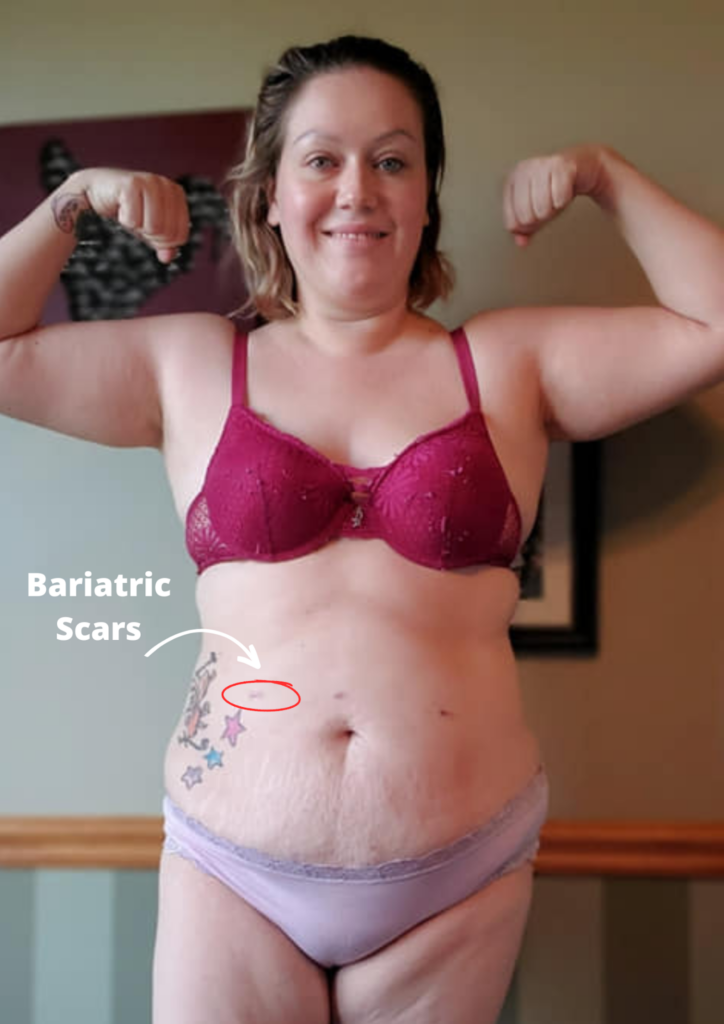
Skin Health
Prioritize skin health before surgery
-
- Hydration: Drink water for skin elasticity.
-
- Nutrition: Eat vitamins, minerals, and antioxidants.
-
- Moisturization: Keep skin supple.
Quit Smoking
-
- Pre-surgery smoking cessation enhances healing.
-
- Optimal Incisions
-
- Discuss incisions with your surgeon for inconspicuous scars.
Post-Surgery Scar Care
Follow wound care guidelines for healing:
-
- Cleanliness: Keep incisions clean and dry.
-
- Dressings: Follow dressing changes as directed.
-
- Scar Massage
-
- Gently massage scars to prevent adhesions.
-
- Sun Protection
-
- Shield scars from UV rays with sunscreen or clothing.
-
- Silicone Gel Sheets
-
- Use silicone gel sheets to improve scar texture.
-
- Professional Guidance
-
- Consult experts for treatments like laser therapy.
Active scar care empowers your healing journey. Embrace these strategies for minimal scarring, renewed confidence, and well-being.
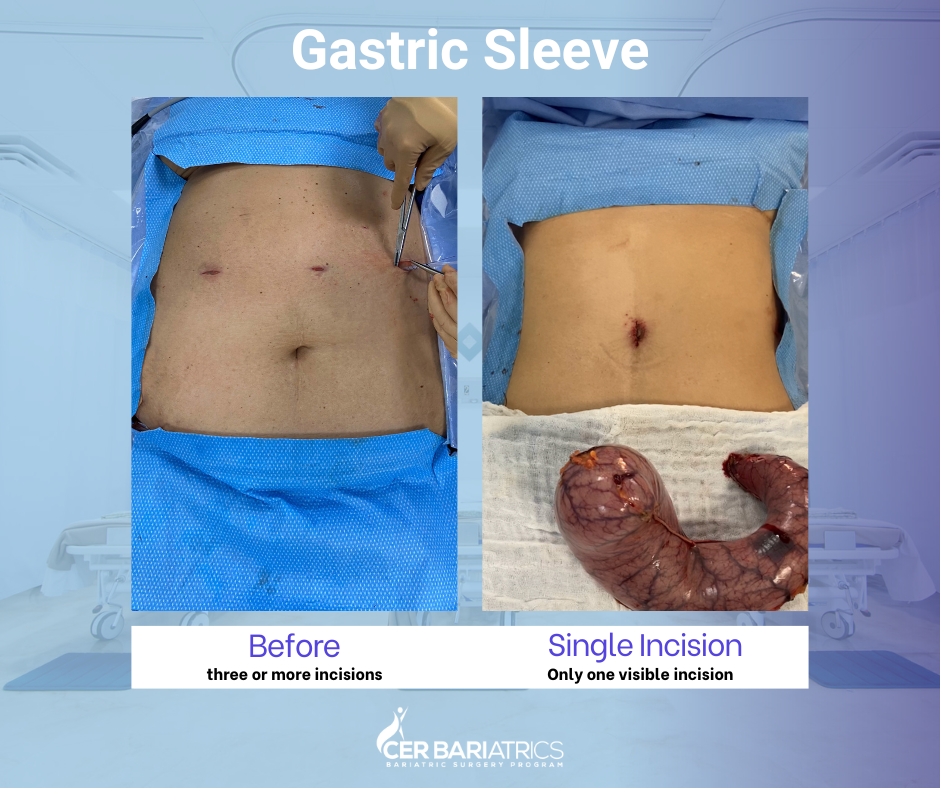
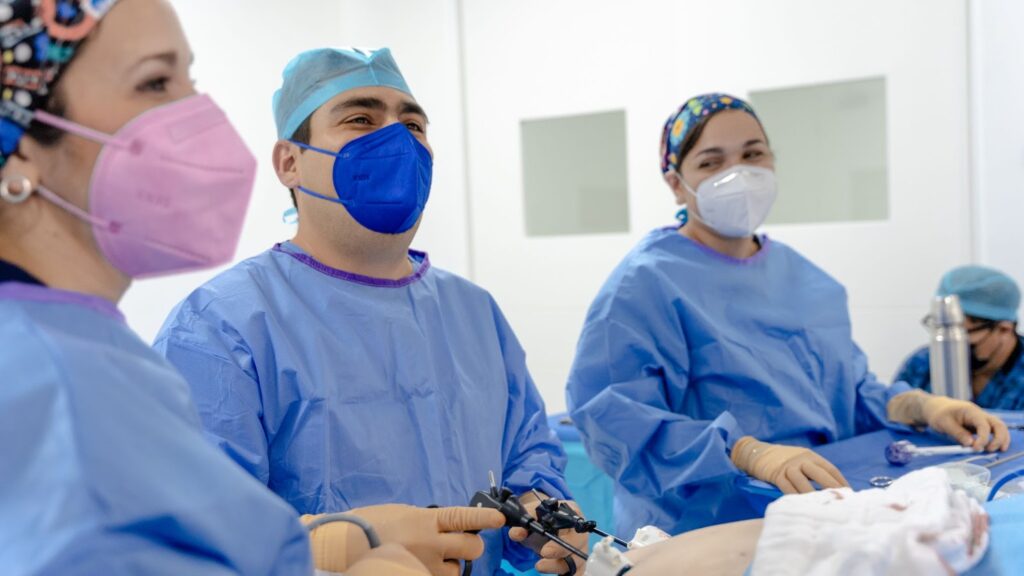
Dr. Carlos’s Expert Advice: Individualized Approach
Dr. Carlos emphasizes the importance of proper scar management for proper wound care. What works for one person may not give the same results for another. Consulting with a board-certified plastic surgeon or dermatologist is crucial to developing a personalized scar treatment plan. Dr. Carlos’ dedication to patients and their well-being underscores the transformative potential of scar treatment, helping people regain self-confidence and embrace their scar journey.
Empowering Your Scar Healing Journey
As we wrap up this guide to bariatric surgery scars treatment and management, let’s reflect on the journey. We’ve covered scar formation, healing, professional techniques, and natural remedies for reduction. We’ve explored the nuances of self-acceptance and the role of expert insights in optimizing scar healing. Now, armed with knowledge and guidance, you are poised to embark on your scar-healing journey with confidence and determination.
Topics selected for you based on your interests:
Related Post
Learn how to kickstart your weight loss journey

